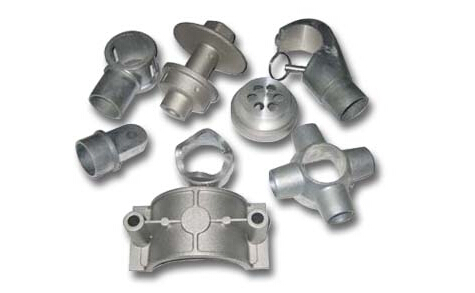Investment casting, as a highly precise and versatile manufacturing process, offers several advantages over other casting methods, making it suitable for various applications. However, it is crucial to consider the limitations of investment casting when selecting the most appropriate manufacturing method for a specific project:

Advantages of investment casting:
- High precision and accuracy: Investment casting can produce parts with tight tolerances and high dimensional accuracy, making it suitable for applications where precision is critical.
- Excellent surface finish: The smooth ceramic shell used in investment casting leads to a superior surface finish on the final part, often eliminating the need for additional surface treatments or machining.
- Complex and intricate geometries: Investment casting allows for the production of parts with complex geometries, undercuts, and internal structures that might be difficult or impossible to achieve with other casting methods.
- Wide material range: Investment casting can be used with various metals, including steel, stainless steel, aluminum, bronze, brass, and more, making it suitable for a wide range of applications and industries.
- Thin-walled parts: The process enables the production of thin-walled parts, which can be challenging to create using other casting methods.
- Reduced machining: Due to the high precision and excellent surface finish, investment cast parts often require minimal post-processing or machining, reducing overall production costs and lead times.
Limitations of investment casting:
- Cost: Investment casting is typically more expensive than other casting methods, such as sand casting, due to the time-consuming process and the costs associated with creating wax patterns and ceramic shells.
- Production time: The investment casting process can be lengthy, making it less suitable for projects with tight deadlines or high-volume production runs.
- Part size: While investment casting can produce small to medium-sized parts, it may not be the most cost-effective or practical choice for very large or heavy components.
- Mold reuse: Unlike die casting or permanent mold casting, the ceramic shell used in investment casting is destroyed during the process, requiring a new mold for each part.
When selecting the most appropriate manufacturing method for a specific project, it’s essential to consider the advantages and limitations of each process. Investment casting may be an excellent choice for projects that demand high precision, intricate geometries, and excellent surface finish. However, for large parts, high-volume production runs, or projects with tight deadlines, alternative casting methods such as sand casting, die casting, or permanent mold casting might be more suitable.
